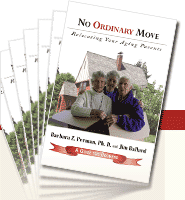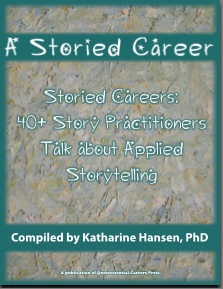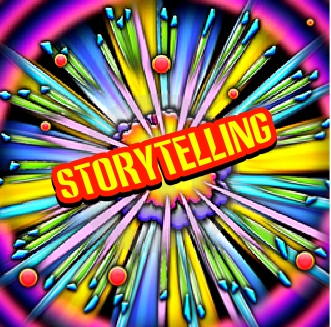See a photo of Jim, his bio, and Part 1 of this Q&A, Part 2, Part 3, and Part 4.
Q&A with Jim Ballard, Question 5:
Q: You wrote to me: “To me, each of us has a Story Mind (as against what I call Lecture Mind), that allows something that begins ‘There once was . . .’ to bypass the left brain and go straight to the part that wants only to know what happens next.” How did you develop this philosophy? Can you give an example or two of how you’ve seen it work? What’s the advantage of going to the part of the brain that wants to know what happens next?
A: Over the years a frequent question I have asked people (even strangers such as wait-persons in restaurants and helpers in airports and hotels) is: “What’s your dream?” I like seeing the reaction: the eyes go up and usually to their left, and they always tell. Asking people about their dream gets them to tell stories, and I am always careful to show respect and belief in the dream. This enables me to encourage them, and many have said that being able to tell makes their dream seem more real and more possible. I often share an idea or refer the dream-teller to a book, article, or person that might further their aspiration. [Editor’s note: Jim wrote at greater length about this phenomenon in his blog.]
In my coaching business working with authors and creative people, I often coach them to put their ideas into a short story that encapsulates the main points; some have ended up publishing these. I also offer myself as a consultant/ fable writer to companies and organizations, promising as an end product after my study of the company’s DNA an engaging myth they can use with employees and customers to say, “This is us.”
In a time when so much is known through the intellect, there are three factors that contribute to a special need for stories: (a) we think that all our knowing comes through information; (b) we are desensitized by our overexposure to everything; (c) we lack the cultural stories that were common before we became a global village. Stories provide a way into the hungry heart.











